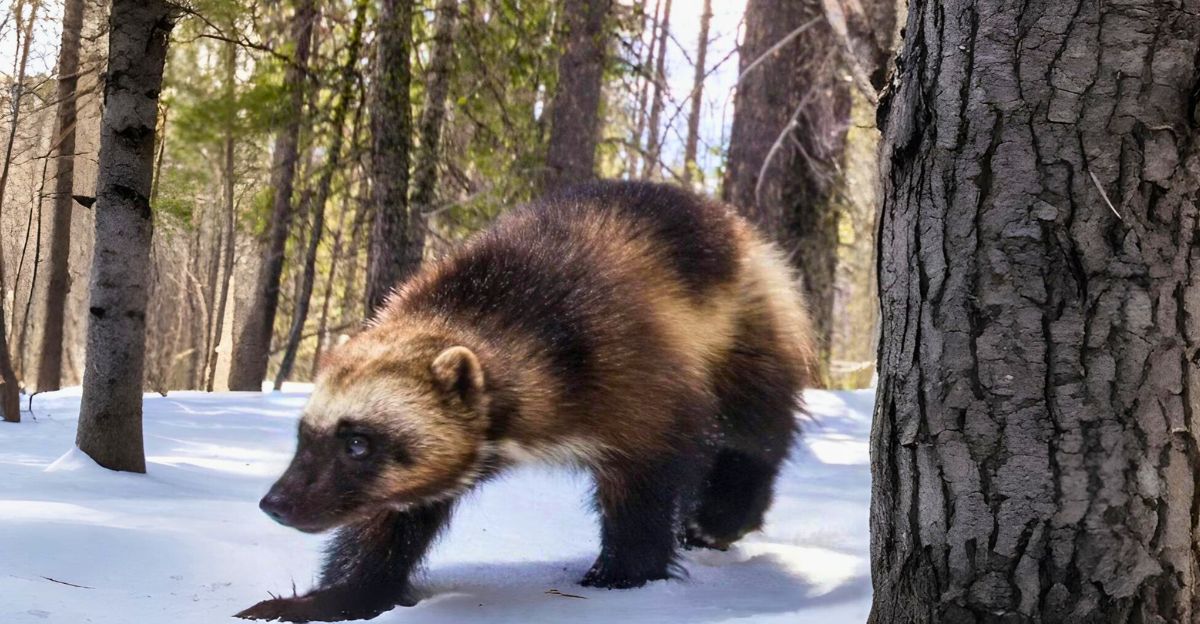
Wolverines, the elusive and tenacious members of the weasel tribe, have long called the harsh terrain of North America’s northern regions home. Recent conservation efforts and changing environmental circumstances have yielded impressive population gains in certain U.S. states. This resurgence is a unique opportunity to learn about the unexpected intersection between wolverine habitats and various industries, challenge common presumptions about their capacity to adapt and learn about the past narratives that have culminated in their current stance. Join us on a journey through ten states where, in 2025, we find a wolverine boom, exploring the intricate stories behind this spectacular wildlife resurgence.
1. Montana
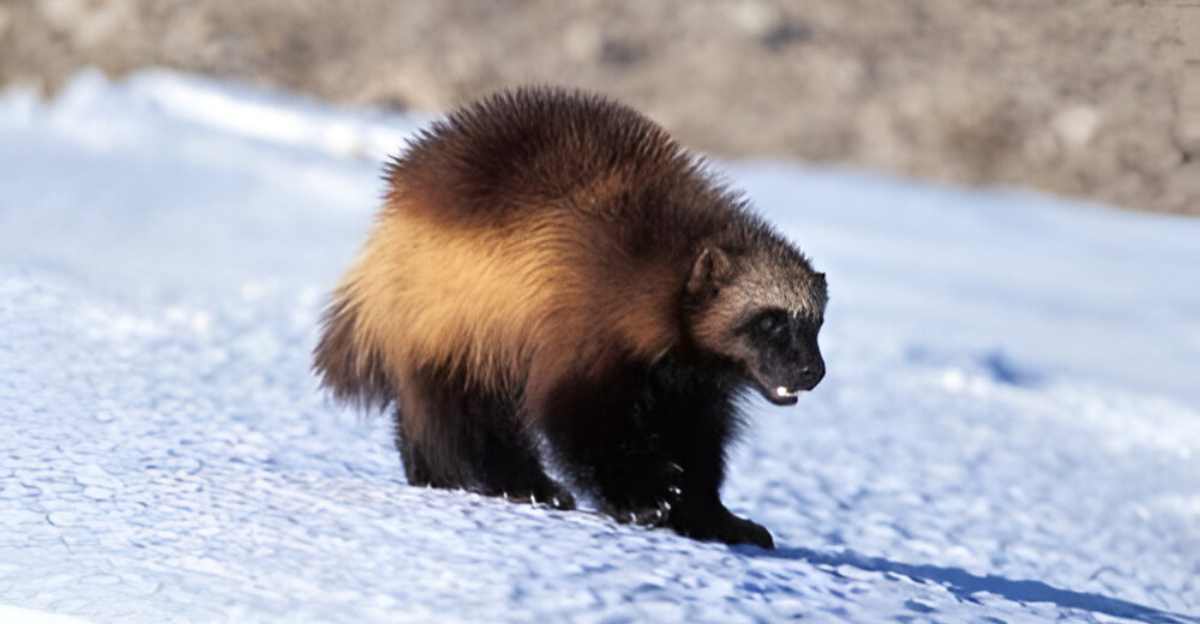
Montana’s remote wilderness ranges, particularly in the Northern Rockies, have long served as a wolverine sanctuary. Recent studies indicate a healthy and possibly increasing population as a result of conservation initiatives and habitat connectivity efforts. The state’s commitment to retaining large tracts of public land has contributed significantly to the seclusion Wolverines require.
2. Idaho
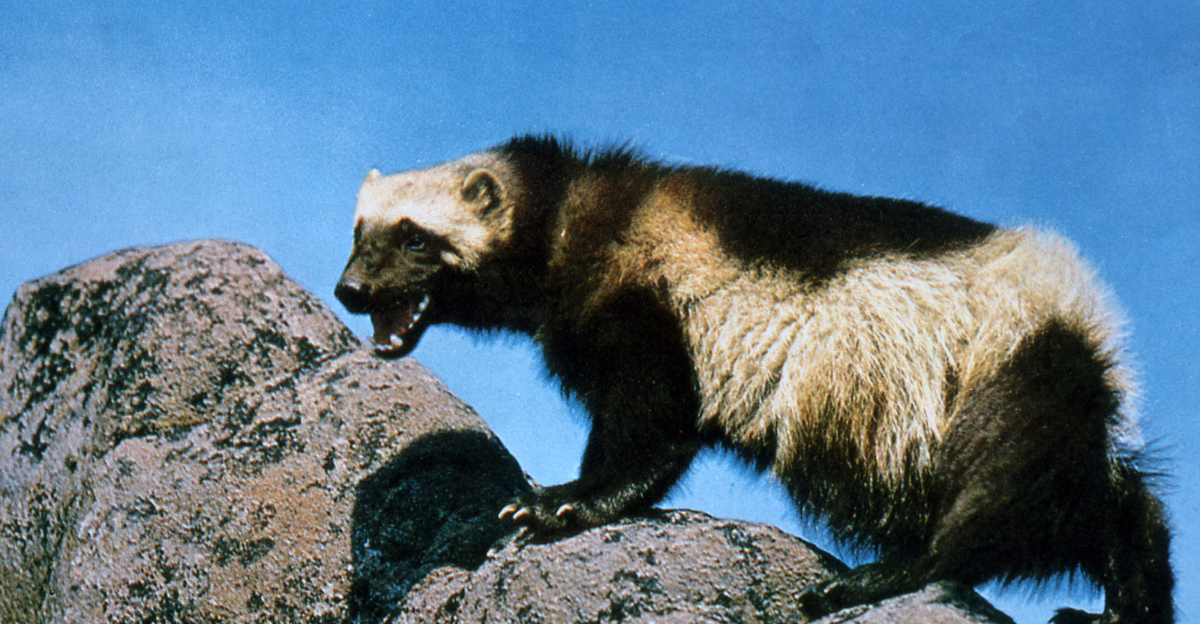
In Idaho, innovative wildlife corridors have been established to counteract habitat fragmentation caused by infrastructure development. These corridors enable wolverines to safely travel between mountain ranges, reducing road kills and genetic loss. This collaboration between urban planners and conservationists is a demonstration of successful concerted efforts and the ability of wildlife to coexist with and thrive in metropolitan areas.
3. Washington
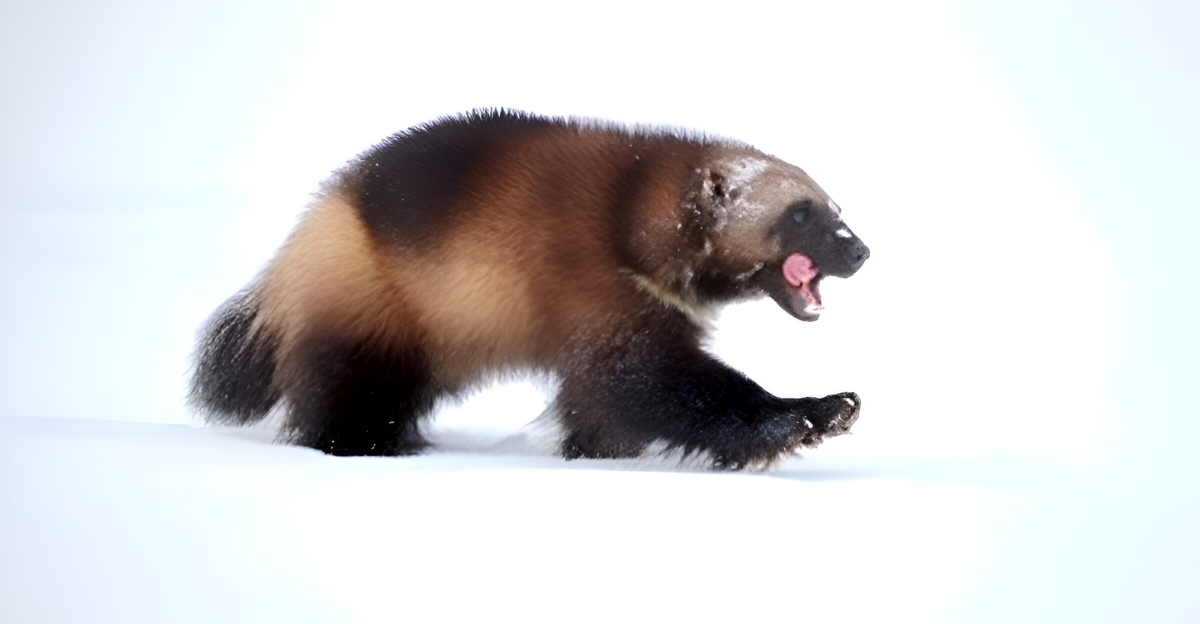
Washington was once a haven for this species as the lush rainforests and widespread mountain ranges made for diverse habitats. However, as population numbers dwindled, wolverines became scarce in the state. Now, the Washington North Cascades and Olympic Peninsula have seen a wolverine comeback, with the species recolonizing areas they once abandoned. This resurgence contradicts the conventional belief that wolverines exclusively inhabit remote wilderness areas, instead emphasizing their ability to adapt to environments affected by human activity.
4. Wyoming
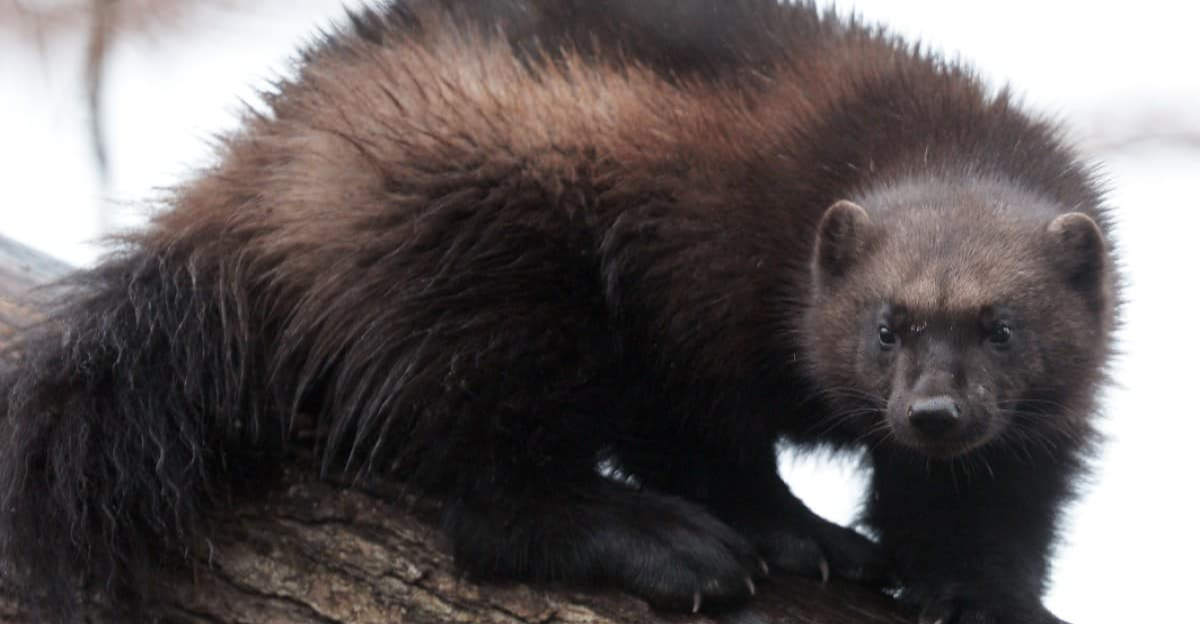
In Wyoming, an interesting collaboration between ranchers and conservationists occurred, where both worked together to monitor wolverine populations. Historically considered adversaries due to livestock predation concerns, this collaboration shows how shared interests in land management can work, enabling agriculture and wildlife to coexist. Now, the state is considered a wolverine hot spot in regions such as Yellowstone and the Grand Teton.
5. Oregon
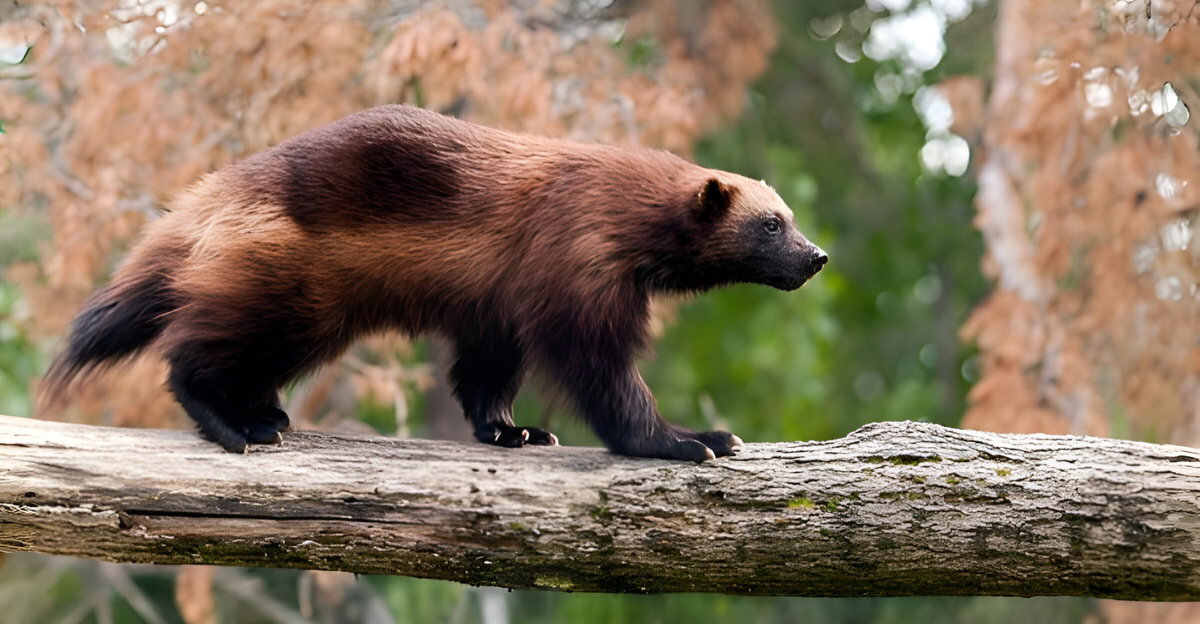
Historically, Oregon’s wolverine populations have been infrequent and intermittent, but new observations suggest a gradual recolonization in the state’s northeast regions. This increase in the wolverine population indicates the species’ endurance and ability to migrate considerable distances, resettling into old habitats and expanding their range beyond established areas.
6. Colorado
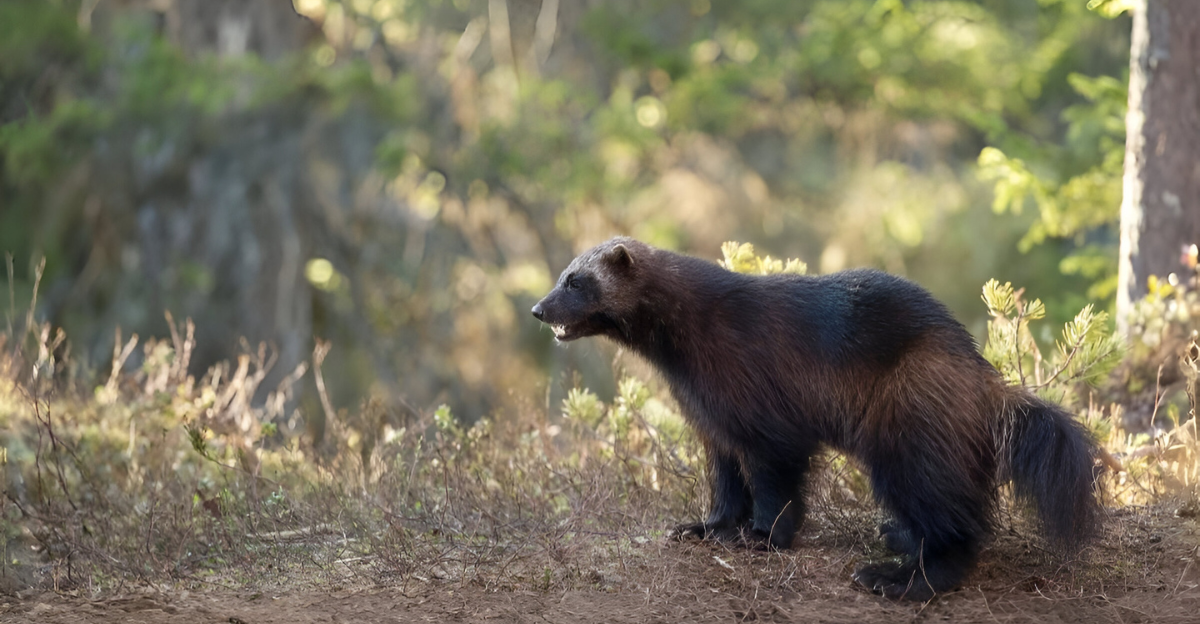
Colorado’s alpine ecosystems are experiencing a return of wolverine populations, with the animals adapting to survive the state’s high-altitude environments. The trend is an indicator of the species’ extreme adaptability. It raises intriguing questions about their interaction with other high-altitude species, which potentially result in the creation of new ecological dynamics.
7. Utah
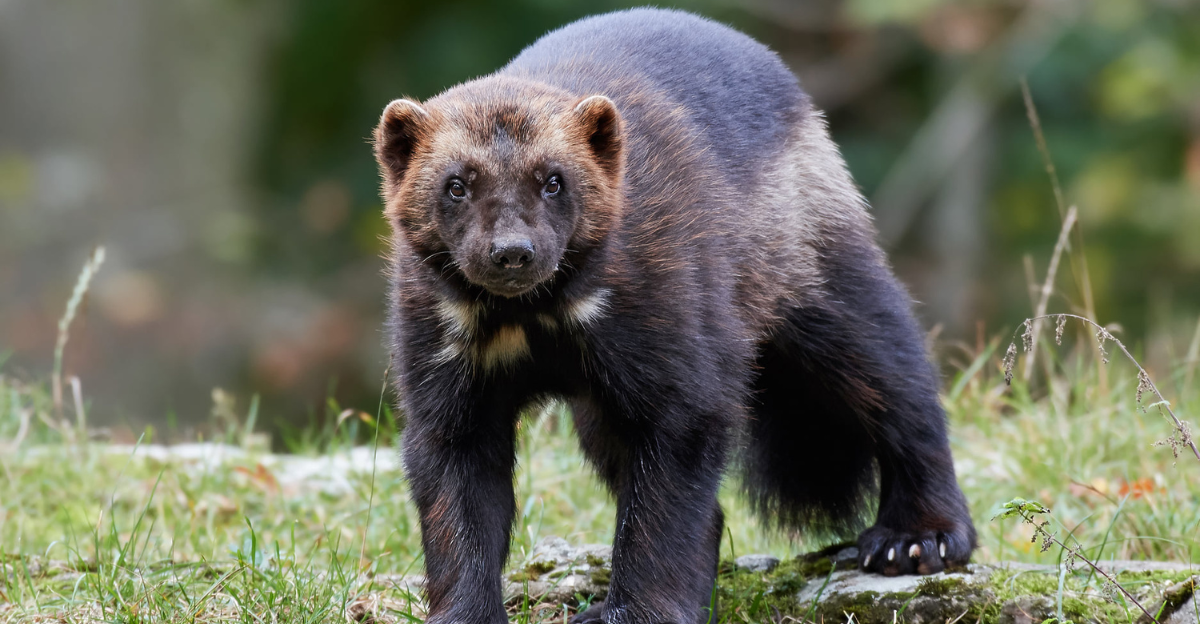
In Utah, a state with unique geological features, conservationists have prioritized the genetic study of wolverines to ensure the long-term viability of their populations. By facilitating gene flow between fragmented populations, these efforts aim to prevent inbreeding and increase the species’ resistance to environmental change, highlighting the importance of genetic diversity in conservation.
8. California
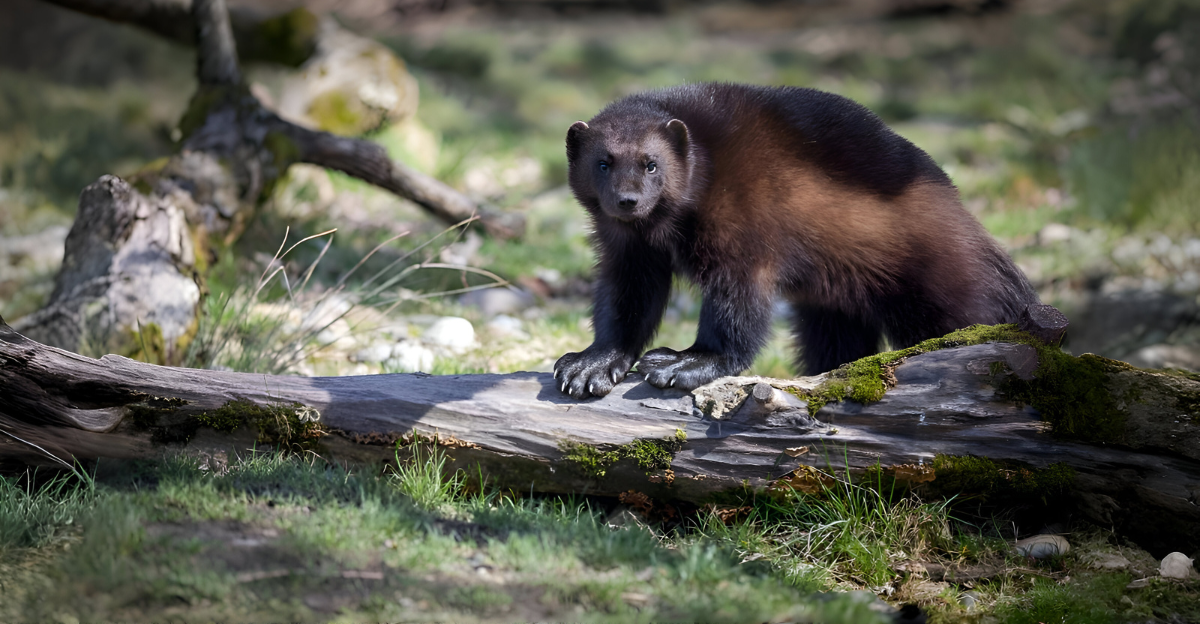
California offers varied wolverine habitats, such as snowy mountain ranges and woodland regions. However, the California Sierra Nevada mountains have just recently recorded wolverine appearances for the first time in nearly a century. This incredible return not only means that conservation has been successful but also raises questions on how climate change and the restoration of habitats interact to shape species distribution.
9. Alaska
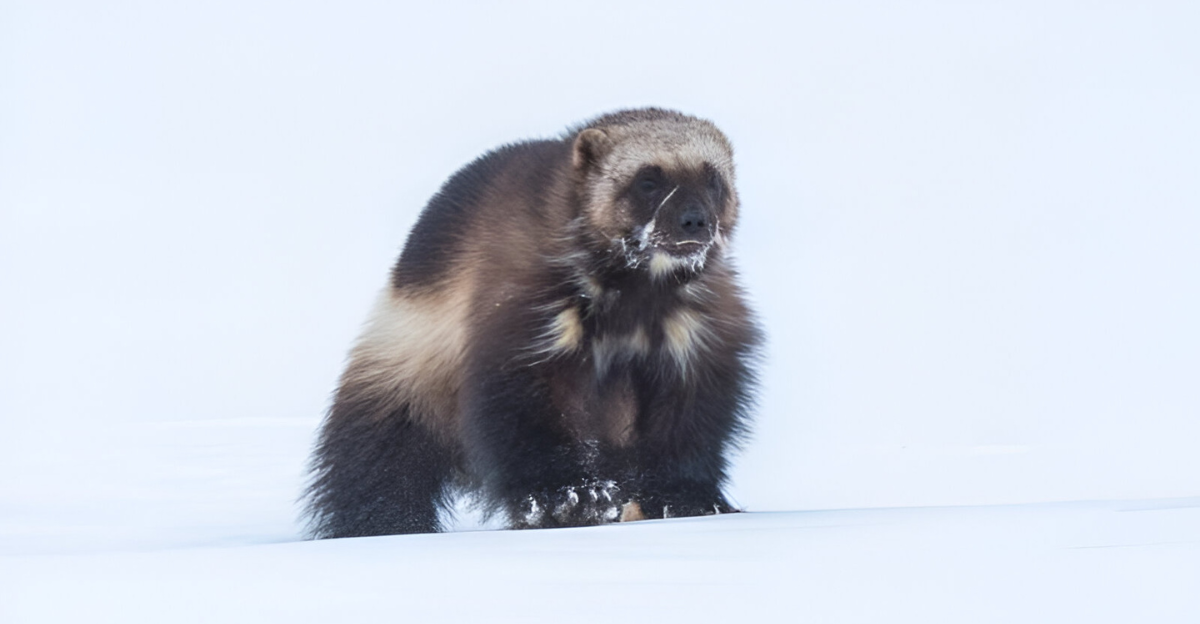
Alaska has long been a known wolverine refuge, with its vast, rugged wilderness and extreme climate providing ideal habitats for the species. Further, the state has a history of successful coexistence between wolverines and Indigenous peoples, which can serve as a valuable blueprint for the continued health of the species population in the state as well as wildlife management techniques.
10. Michigan
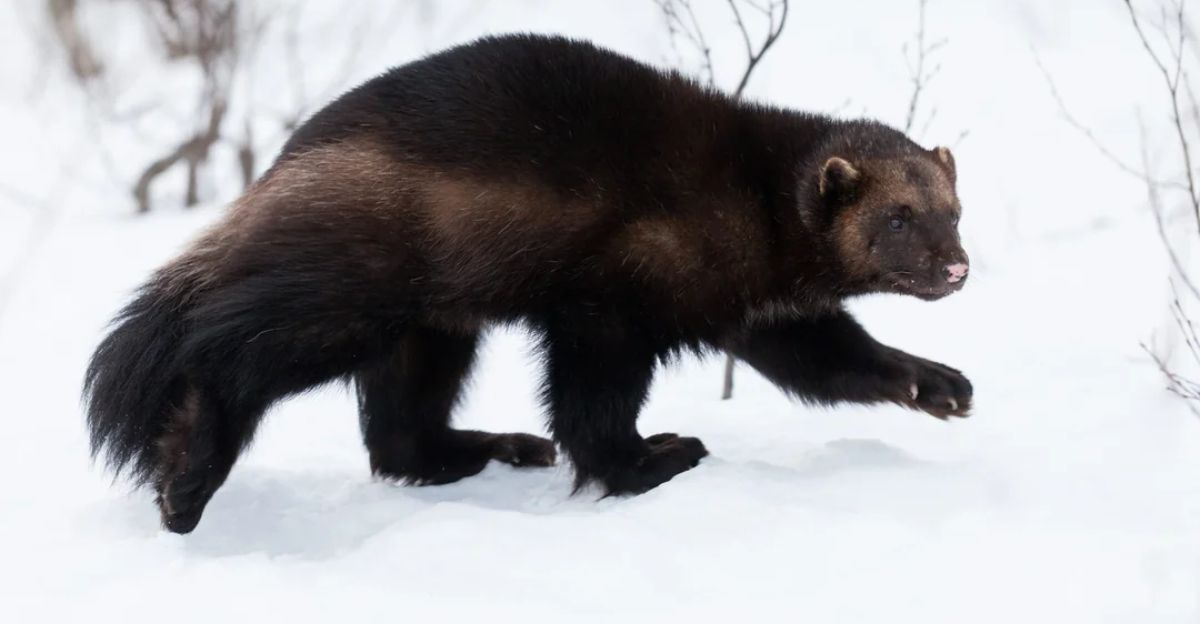
Michigan, colloquially known as “The Wolverine State,” ironically has not had a native Wolverine population for over a century. Recent unconfirmed sightings have sparked excitement and efforts to verify their presence in the state once more, connecting its historical identity with contemporary wildlife protection efforts. Should the sightings be confirmed, the state could serve as an example of how continued conversation efforts affect natural habitats and inspire species to return to healthier homesteads once more.
Explore more of our trending stories and hit Follow to keep them coming to your feed!

Don’t miss out on more stories like this! Hit the Follow button at the top of this article to stay updated with the latest news. Share your thoughts in the comments—we’d love to hear from you!







